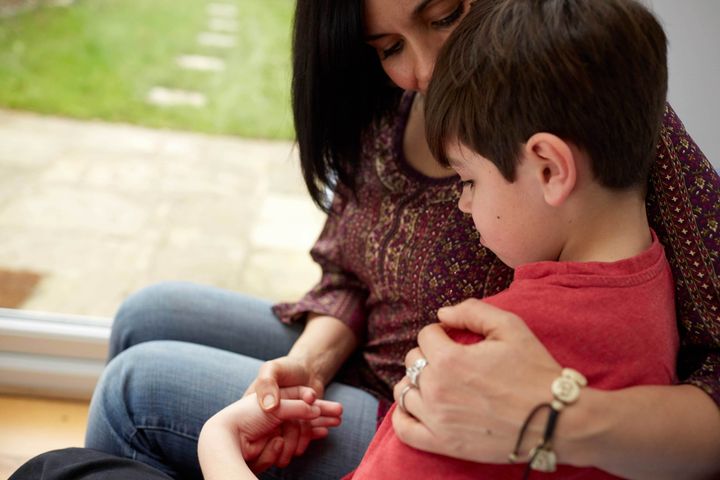
Children and young people’s mental health services are in a state of crisis. We hear every day about problems across the system - a lack of early intervention, confusion over the role of schools, difficulties in getting a referral to specialist mental health services, long waiting times, and such high thresholds for treatment that even children who are suicidal don’t always get the support they need.
The Government recognises these problems. Theresa May has described poor mental healthcare as a “burning injustice”, while Jeremy Hunt has called Child and Adolescent Mental Health Services (CAMHS) “possibly the single weakest part of NHS provision”. But their plans to improve things simply don’t go far enough.
The flagship proposals in the Government’s recent Green Paper are Mental Health Support Teams made up of a new workforce of trained Child Wellbeing Practitioners, which would work with schools and provide support to children with mild to moderate mental health problems, and a new four week waiting time target for CAMHS.
These are welcome initiatives, but they don’t go far enough.
The planned waiting time targets are important if we are to help young people at the right time. However, we want to see how the potential perverse incentives are going to be managed as well. We are all aware of how ‘gaming’ is a reality when services are under pressure and funding is dependent on target achievement. So, for instance, how do we avoid a situation where lots of children are able to get an assessment quickly but still wait months for their ongoing treatment?
The most positive aspects of the Green Paper are the plans to bring mental health care and schools much closer together, and the recognition of the role of schools and colleges in promoting good mental health.
However, the proposed Mental Health Support Teams will be rolled out across just a quarter of the country by 2022/3. While it’s important that new ideas are tested, the current plans will leave three-quarters of school-age children with no extra support, and even those who do receive additional help will have to wait for some time. That’s why we’re calling for more immediate action as well as the pilots, and more resource than is being offered in the current proposals.
Designated school leads for mental health, RSE and PSHE lessons focusing on mental health, and the opportunity for schools to bid for extra funding for wellbeing initiatives could all make a real difference. But ultimately, mental health can never be the responsibility of one staff member, or a subject that is confined to one lesson. Schools need the resources to take a whole-school approach to promoting wellbeing, and they should be able to demonstrate this externally. Awards, recognised measures and Ofsted recognition are all achievable and practical ways to acknowledge good practice, and need to be considered.
I believe the Government should also be more ambitious about early intervention outside schools. We would like to see a high-profile, youth-led emotional literacy campaign, which would help children to understand their own feelings at a young age.
Another major problem that many young people face is the lack of appropriate support if they’re going through a crisis: whilst there are plans to improve the provision of urgent care in some areas, still, in too many areas, your only option if you need immediate help is to go to A&E, which can in itself be a stressful and frightening experience. Innovative steps like introducing a 24-hour ‘Crisis hotline’, which could be triaged through NHS 111, and doing more to encourage local areas to introduce new places of safety outside hospitals, would have a huge impact.
Above all, if the Government is serious about tackling the mental health crisis among children and young people, it needs to recognise that it can’t do it on the cheap. The extra £1.4 billion promised for CAMHS over five years isn’t nearly enough to meet the needs. Even if all this money reaches frontline services, which it isn’t currently, the NHS’s own estimate is that, by 2020, only one third of children and young people with a diagnosable condition will be able to access treatment.
This simply isn’t good enough. Given that half of all mental health conditions materialise before the age of 14, it makes economic as well as moral sense to spend more on children’s mental health. Right now, tens of thousands of children, young people and parents are being let down, while mental health professionals feel demoralised and undervalued. That’s why we need to see real action to accompany the rhetoric. The current plans are a step in the right direction, when what’s needed is a giant leap.
